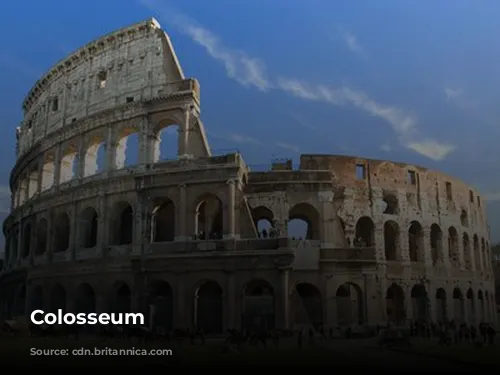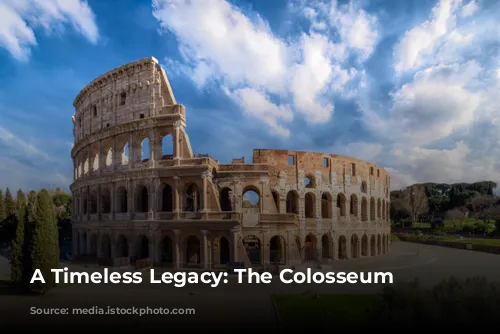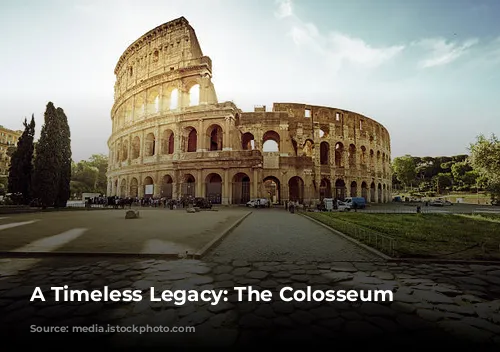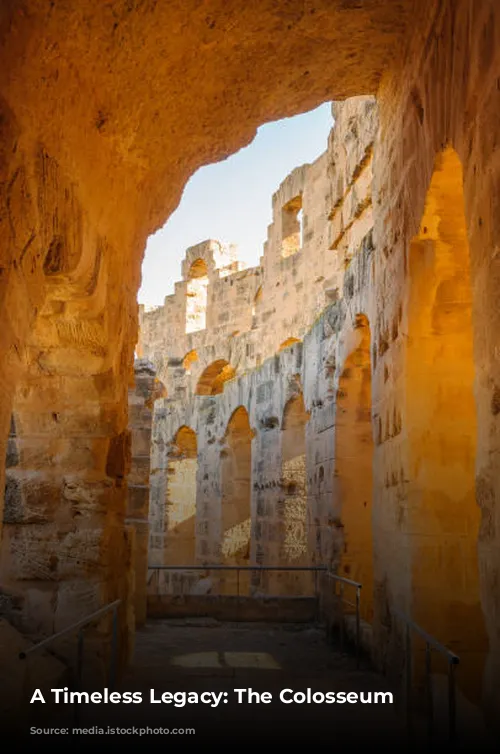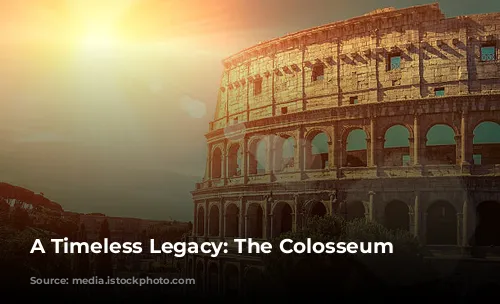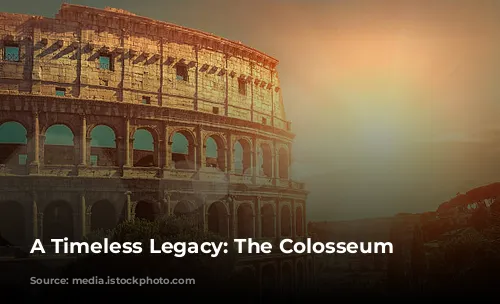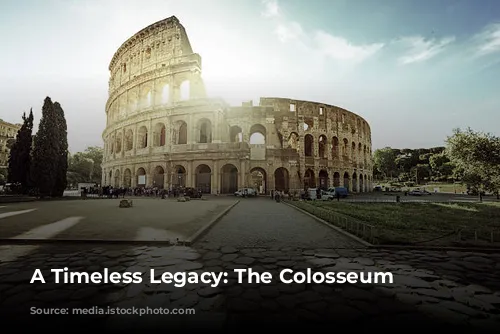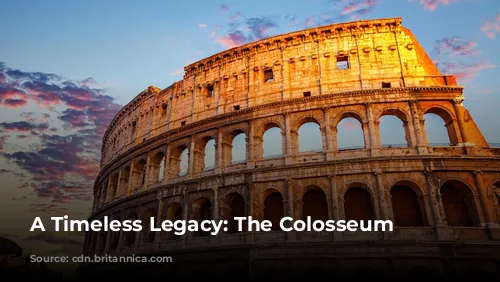The Colosseum, a towering testament to ancient Rome’s architectural and engineering brilliance, stands as one of the few largely intact structures from the Roman Empire. Its grandeur draws millions of visitors each year, making it a vital source of tourism revenue for Italy. In 2018 alone, the Colosseum, Roman Forum, and Palatine Hill collectively generated over $63.3 million (€53.8 million), solidifying their position as Italy’s top tourist attraction.
A Symbol of Power and Entertainment
The Colosseum’s construction was a monumental project, a bold statement of Roman power and ambition. Built under the reign of Emperor Vespasian between 70 and 72 CE, it was meant to be a grand entertainment venue, hosting gladiatorial contests, animal hunts, and even mock naval battles. This massive amphitheater was envisioned as a way to revitalize Rome after a period of tumultuous political upheaval.
From Glory to Neglect: The Colosseum’s Transformation
After the fall of the Western Roman Empire, the Colosseum fell into a state of disrepair. The once-majestic arena was repurposed as a fortress by powerful Roman families like the Frangipane and Annibaldi. Later, in the 15th century, it was even used as a quarry, stripped of its precious marble by those seeking materials for other projects. The Colosseum, a symbol of Rome’s glory, lay forgotten for centuries, its magnificence slowly fading.
A Monument Restored: The Colosseum’s Revival
Thankfully, the Colosseum’s decline did not go unnoticed. In the 1990s, state-funded restoration efforts began, breathing new life into this ancient wonder. The once-neglected Colosseum slowly regained its former glory, with the restoration revealing the incredible craftsmanship and ingenuity of its builders.
Architectural Mastery and Ingenious Design
The Colosseum stands as a masterpiece of Roman engineering. The elliptical structure, built with stone, concrete, and tuff, is four stories high and measures an impressive 620 by 513 feet (189 by 156 meters). Its capacity was equally impressive, able to accommodate up to 50,000 spectators. The Colosseum’s design was not just about size; it incorporated innovative features that made it a marvel of its time.
A Glimpse into Roman Life
The Colosseum served as a vital hub of Roman life, hosting a wide range of events that entertained and enthralled the populace. The arena, protected from the sun by a massive retractable awning known as the velarium, witnessed gladiatorial combat, animal hunts, and even mock naval battles. Although the exact location of early Christian martyrs remains uncertain, it is undeniable that the Colosseum played a central role in shaping Roman culture and society.
A Symbol of Rome’s Enduring Legacy
Despite facing periods of neglect and even abuse, the Colosseum has endured, a testament to its architectural brilliance and enduring significance. It serves as a powerful reminder of ancient Rome’s ingenuity, power, and the enduring fascination with its rich history and legacy. Today, the Colosseum stands tall as a symbol of Rome’s enduring legacy, captivating visitors from around the world with its majestic beauty and the stories it whispers from the past.


